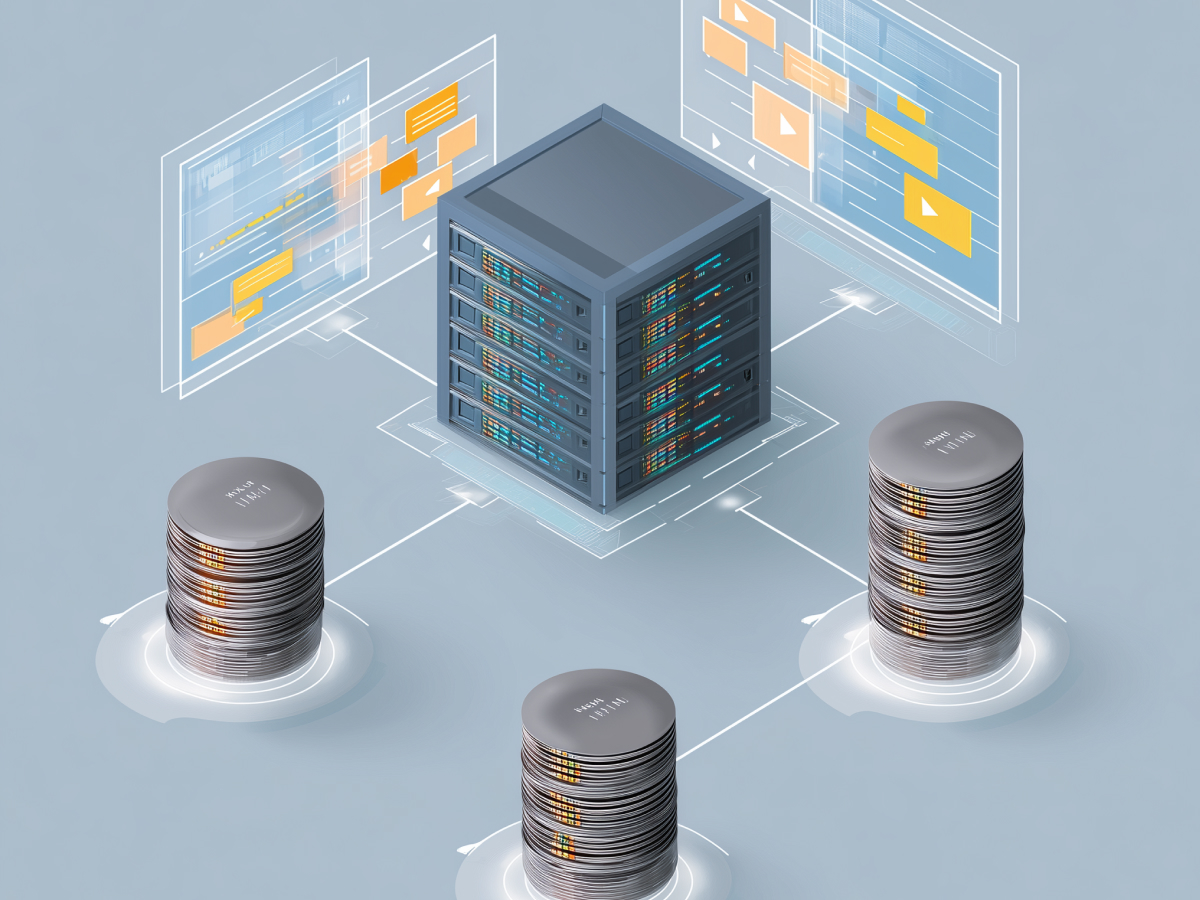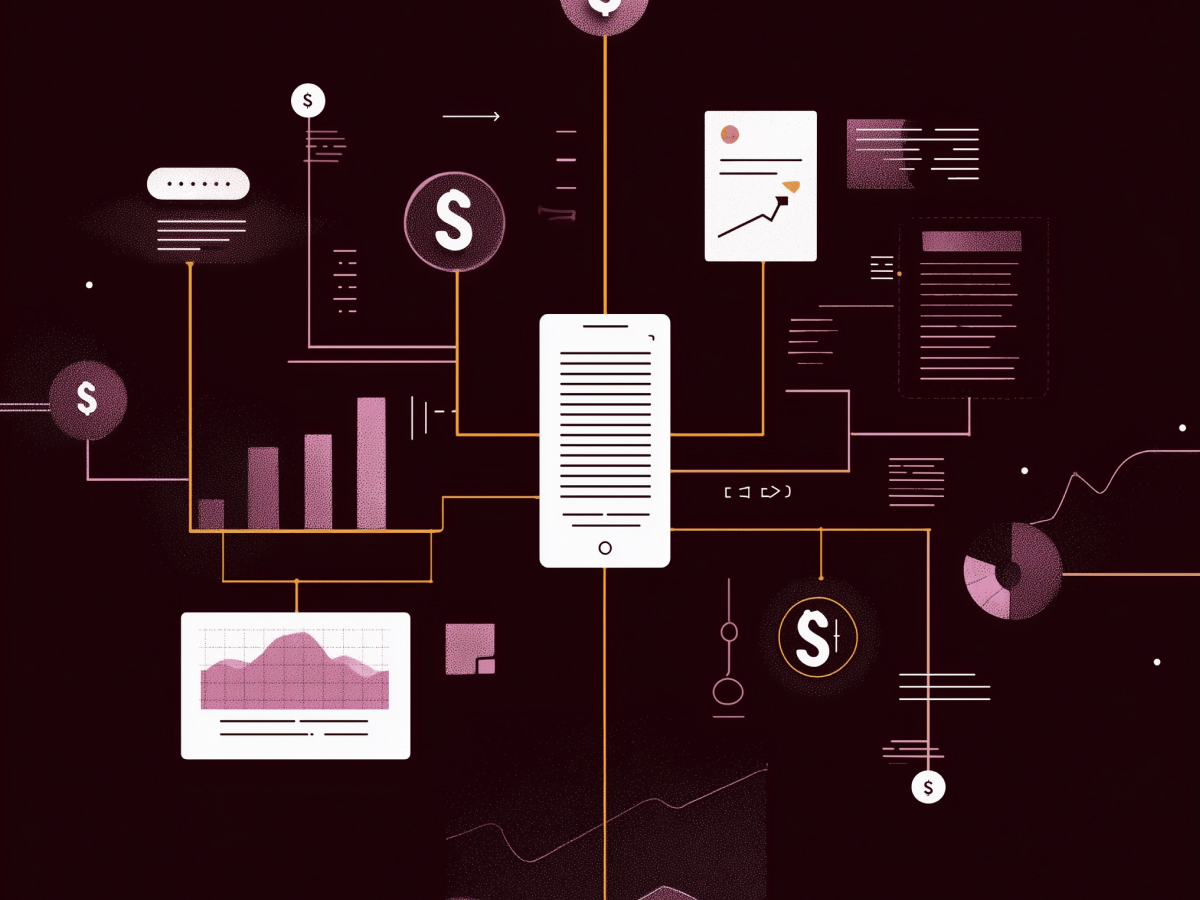Flink and Kafka are transforming traditional microservices
Let’s talk about efficiency. In the old days, data processing was clunky. You’d pull data out of a system like Kafka, process it with a microservice, and then push it back into Kafka or another queue. It worked, but it wasn’t exactly elegant as latency piled up, errors crept in, and you ended up with a lot of moving parts to manage.
Now, here’s where Flink comes in. Instead of pulling data in chunks, Flink listens continuously, kind of like a live stream of events, always ready to process new information the moment it arrives. This reduces latency dramatically. More importantly, Flink offers “exactly-once” semantics. What does that mean? It makes sure every single data event is processed exactly once. No duplicates. No missing pieces.
The key here is Flink’s two-phase commit protocol. It handles the transfer and processing of data with military-grade precision, ensuring consistency across all systems. If your company relies on operational analytics (like tracking live customer data or managing inventory levels in real-time) this combination of Kafka and Flink takes reliability and performance to a whole new level.
Kafka and Flink can integrate AI models into real-time data streams using SQL
Artificial intelligence gets all the hype these days, but let’s be honest, making AI work in real-time data streams isn’t simple. Traditionally, you’d need a lot of custom coding and orchestration to connect AI models to your data. That’s not exactly scalable or efficient.
With Kafka and Flink, the game changes. Kafka handles the heavy lifting of moving data around in real-time, while Flink makes it easy to process that data on the fly. The real magic? Flink SQL. This lets you call AI models directly using simple SQL commands, no need to reinvent the wheel with complex integrations. Got a custom AI model? No problem. Flink can connect to it through REST APIs, so you can use whatever AI tools your business relies on, whether it’s OpenAI, Amazon Bedrock, or your in-house solution.
This setup is perfect for advanced use cases. Think sentiment analysis of customer feedback in real-time. Or automatically scoring sales leads as they come in.
“Even complex scenarios like retrieval-augmented generation (RAG)—where AI pulls in live data to improve its output—become straightforward.”
Community-driven innovations in Apache Iceberg
Let’s talk about Apache Iceberg, a key part of many modern data systems. This open-source table format was designed for one thing: making large-scale data easier to manage. Whether you’re dealing with a sprawling data lake or a complex warehouse, Iceberg simplifies the chaos.
What’s exciting is how much the community has stepped up to expand Iceberg’s capabilities. Take migration tools, for instance. They let you move Iceberg catalogs (essentially metadata about your datasets) between cloud providers with ease. This is huge for businesses operating in multi-cloud environments, where flexibility is key.
Then there’s the Puffin format. It might sound small, but it’s a big deal. Puffin lets you embed metadata and statistics directly into your Iceberg tables, making it easier to query and analyze your data without extra overhead. Combine this with health analysis tools for Iceberg instances, and you’ve got a system that’s powerful and easy to maintain.
What really ties it all together is Iceberg’s seamless integration with tools like Kafka and Flink. This allows for real-time analytics at scale, giving your business the agility to react to data as it happens. If your goal is to build systems that grow with your needs, Iceberg is a key piece of the puzzle.
Staying updated on evolving trends is key for data professionals
Standing still in tech is the same as falling behind. Kafka, Flink, and Iceberg are evolving at breakneck speed. Each community is constantly rolling out updates—Kafka Improvement Proposals (KIPs), Flink Improvement Proposals (FLIPs), and Iceberg Pull Requests (PRs). These are game-changing innovations that redefine what these tools can do.
Keeping up might feel like a chore, but it’s an investment. These technologies dominate their respective domains (Kafka for data movement, Flink for processing, and Iceberg for storage). Together, they create a powerful synergy that’s driving the future of real-time data systems. If you’re in the C-suite, your takeaway should be clear: staying ahead means staying informed. Embrace these updates, understand their impact, and position your business to lead in a world driven by data.
Final thoughts
Are you leveraging the precision of Flink, the adaptability of Kafka, and the power of Iceberg to build a system that can respond well to real-time data? The future belongs to brands that make decisions at the speed of relevance, backed by systems designed for scale and innovation. So, here’s the challenge: Are you ready to transform your data strategy into a competitive edge, or will you let the opportunity slip to those who do?




